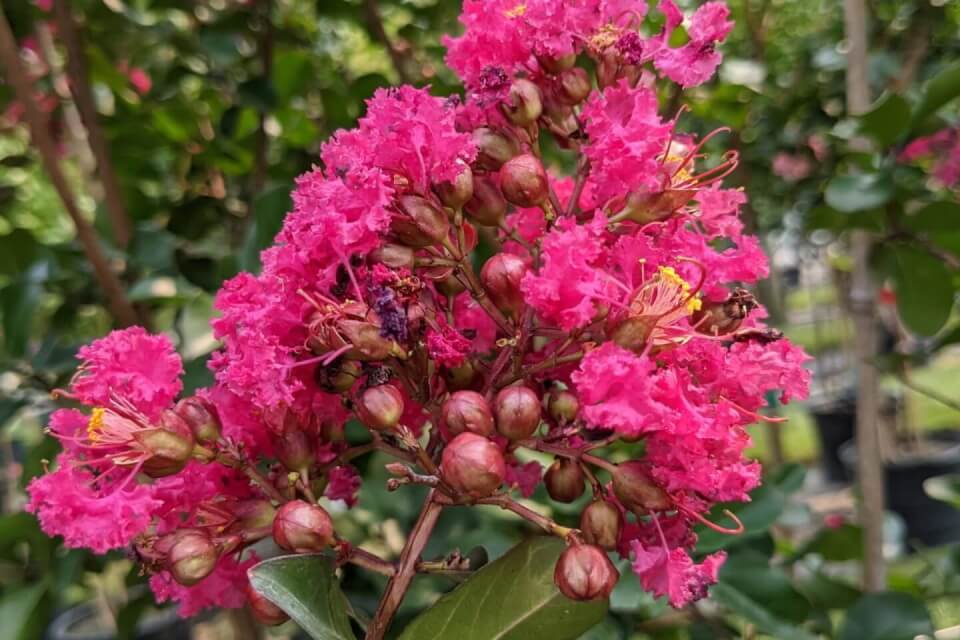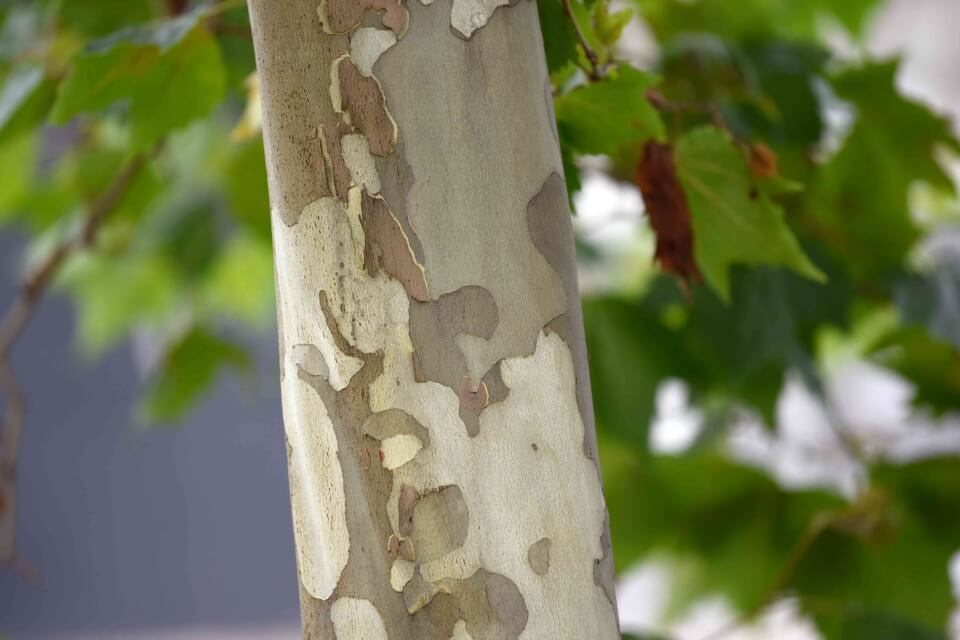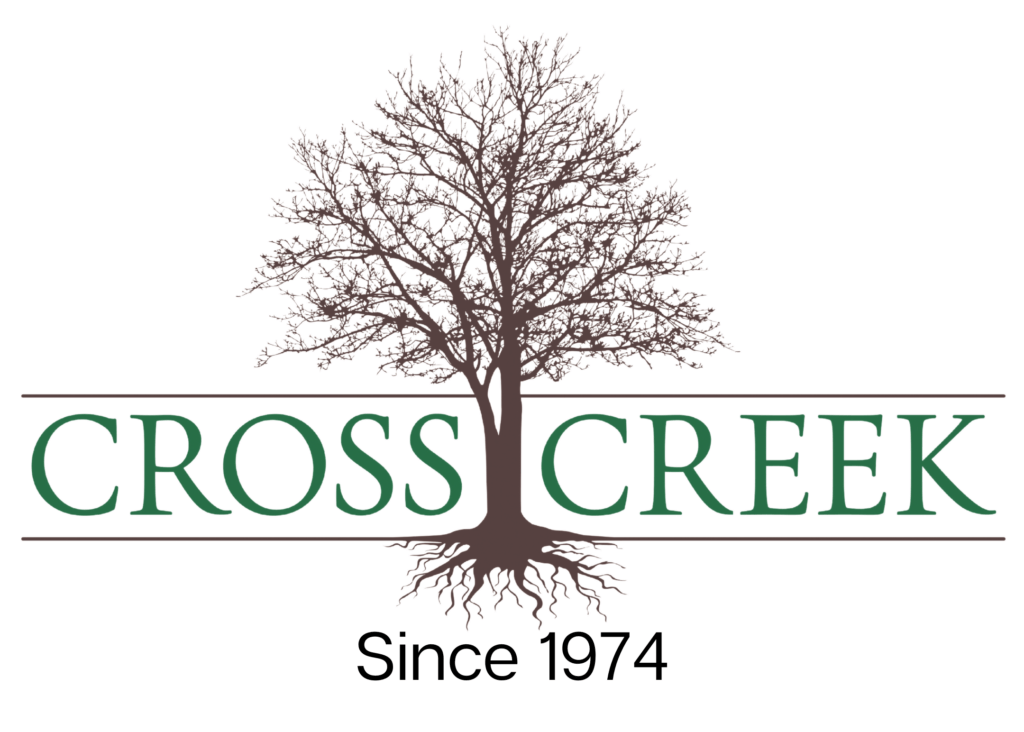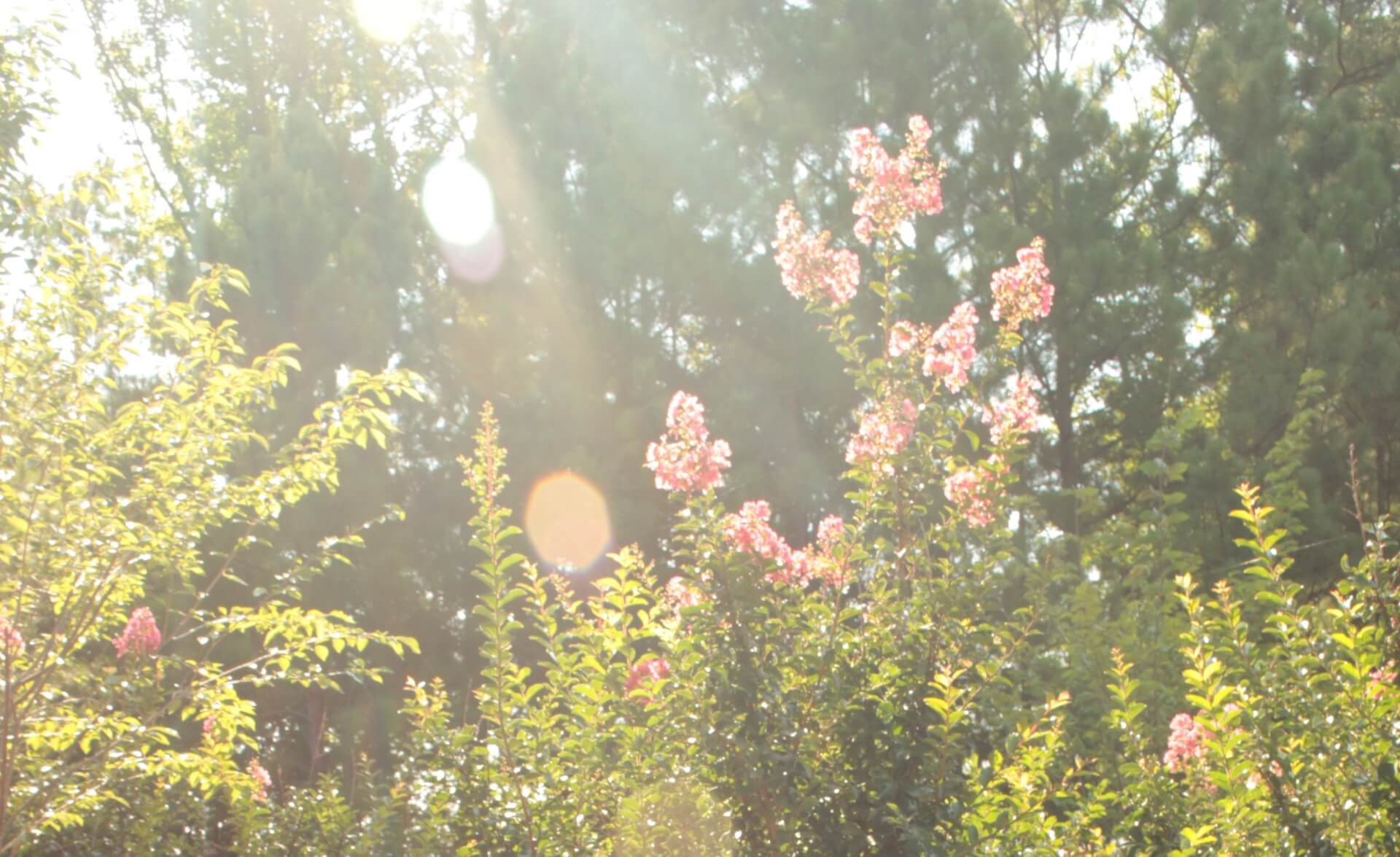
Planting Trees for a Purpose
So you’re looking to add a tree to the landscape. It’s a great idea – trees can cool your yard, become an aesthetic focal point, or even produce fruit to enjoy. They’re investments to improve your outdoor space for years to come. Before choosing a tree, it’s important to evaluate your landscape and determine what conditions you’re working with. Do you have full sun or shade? Do you already have mature trees? Is your soil wet or dry? If you’re not sure of the soil quality in your yard, we recommend getting a soil test. The more you know about your landscape, the better prepared you are to choose a tree that will thrive.
The sun exposure of any given area determines which trees are viable options. Trees for full sun require 6+ hours of direct sun exposure. Trees for part-shade or full shade still require around 4 hours of direct sun exposure or around 6 hours of dappled sun. Afternoon sun rays are more direct and may scorch delicate foliage so morning sun is preferred for shade trees.
Table of Contents
5 Trees to Grow in Full Sun
Gardeners working with full sun areas in the landscape have dozens of tree varieties to choose from. In time, some trees may provide enough shade to change the overall lighting in the yard. When choosing a tree, it’s important to consider the mature height and width to determine what your landscape will look like 5, 15, and 50 years down the road.
Ornamental Cherry Trees
Although they don’t produce fruit, ornamental cherry trees make for excellent specimen trees in the landscape. Okame cherries are among the first trees to bloom in the early spring and they always put on a spectacular show! Their abundance of light pink blooms attracts honeybees and other pollinators, which benefits the entire garden. Kwanzan cherry trees are a showstopper with their large double blooms and Yoshino cherries are famous for their significance in Cherry Blossom festivals around the world. For smaller spaces, consider a weeping cherry like Prunus ‘Snow Fountain.’
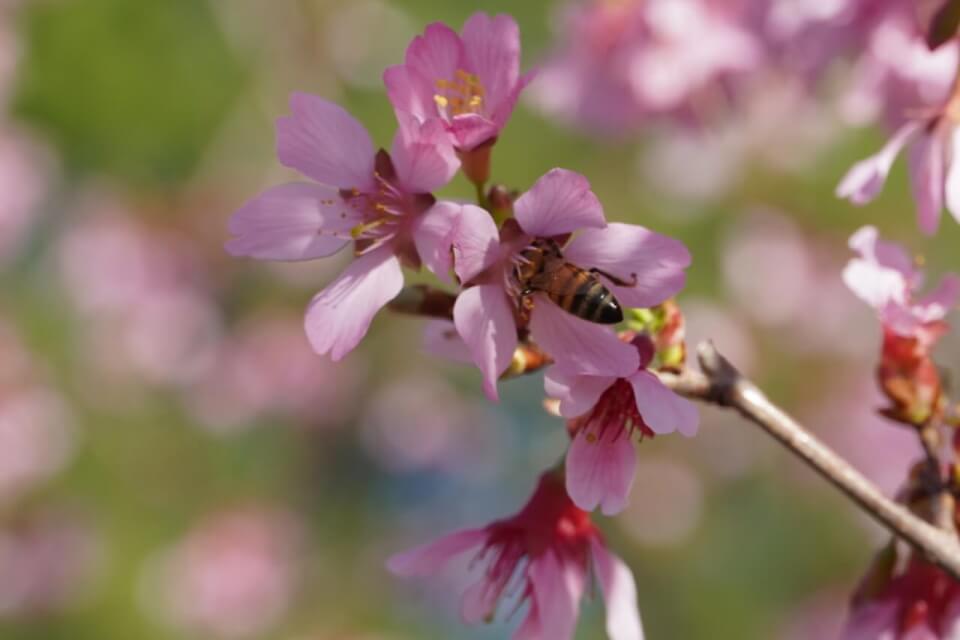
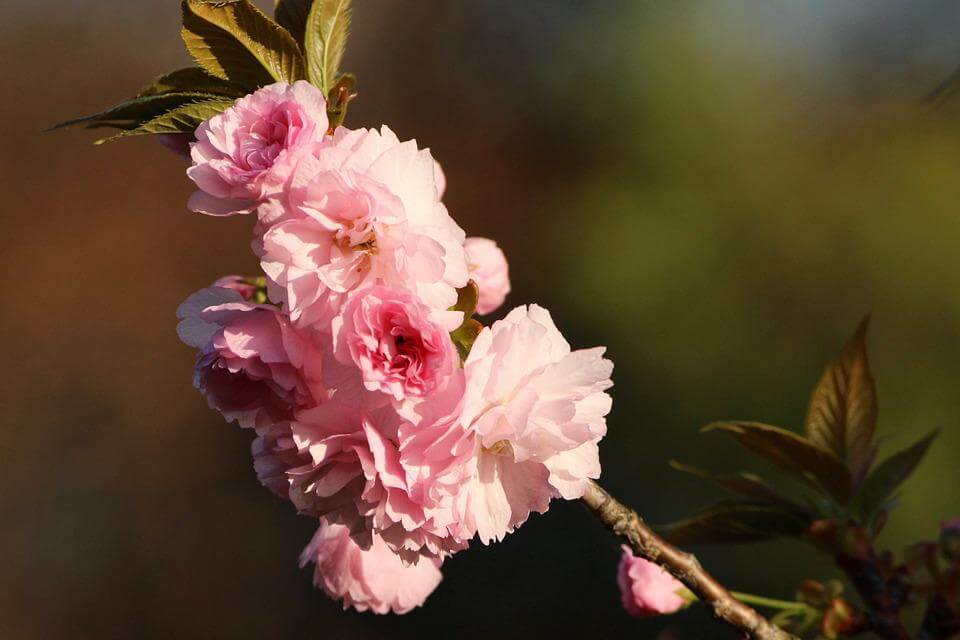
Cedars
Evergreen trees provide color and structure to the landscape all year long and most are suited to full sun. Cedars have been cultivated in a wide variety of colors, sizes, and growth habits. Cedrus deodara ‘Feelin Blue’ adds architectural interest to the landscape with its long, drooping branches. Atlas Cedars grow unusual blue-green foliage which contrasts beautifully with other trees in the landscape. As a bonus, cedars can provide valuable habitat for local birds, like these robins nesting in a tree at the nursery.
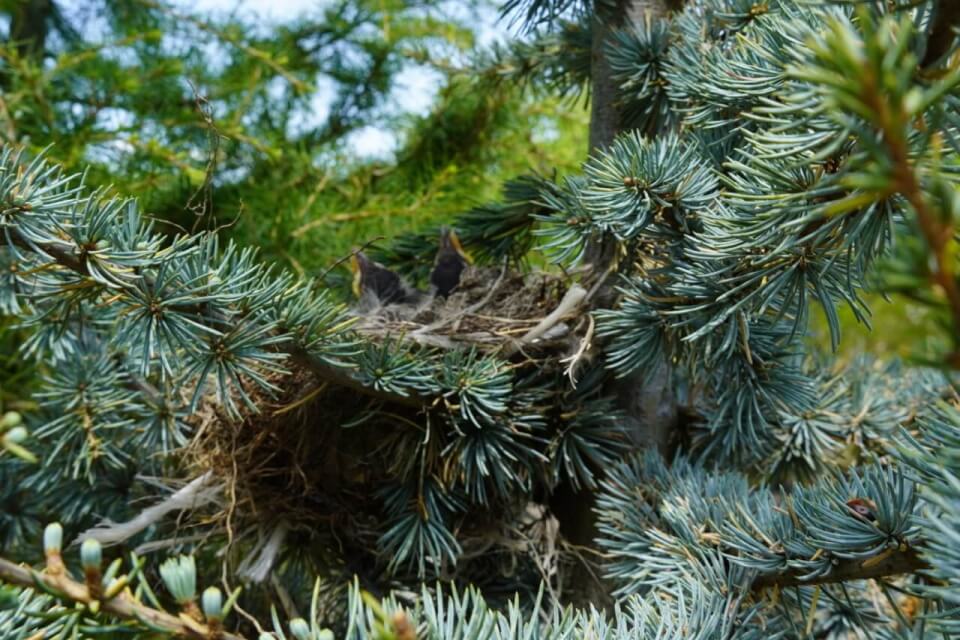
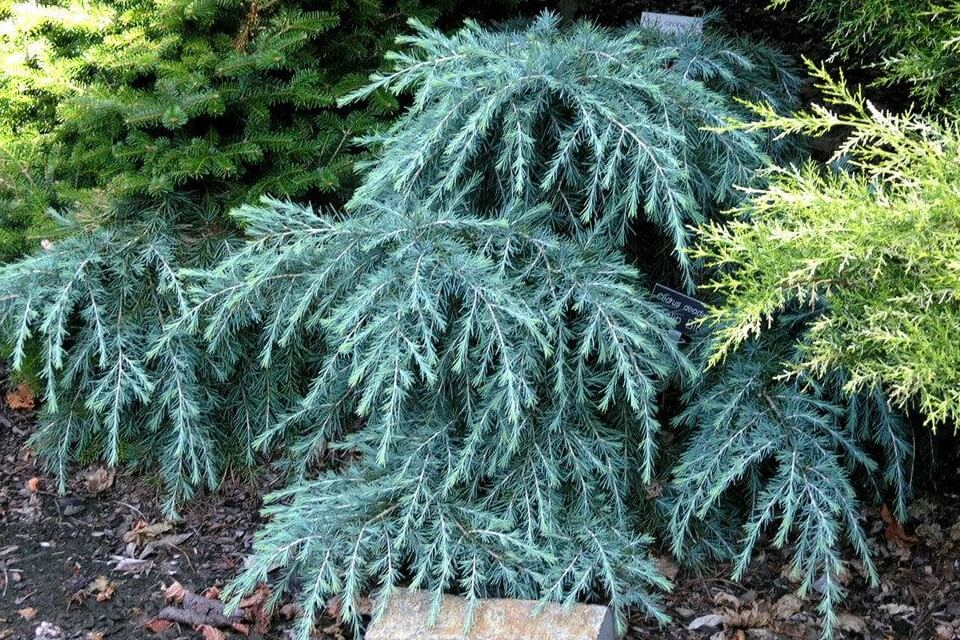
Ginkgo Trees
Ginkgo trees perform beautifully in full sun and their unique leaf shape makes them stand out compared to other trees. Available cultivars grow in a variety of shapes and sizes to fit many applications in the landscape. Ginkgo ‘Princeton Sentry’, pictured below, grows in a columnar shape and its foliage turns a brilliant shade of gold in the fall.
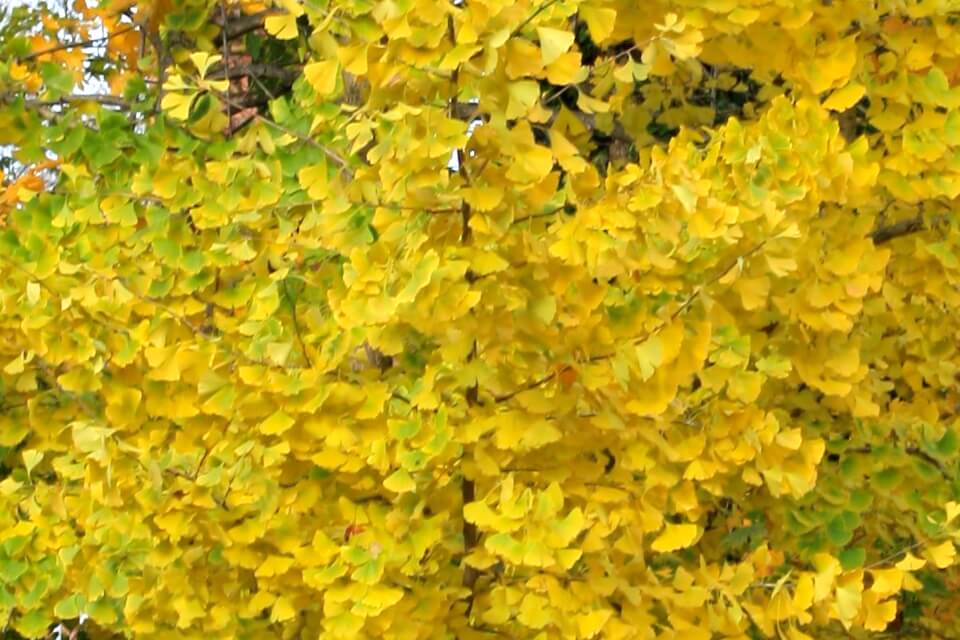
Katsura Trees
Cercidiphyllum japonicum, commonly called Katsura, is a deciduous tree native to Japan. With heart shaped blue-green leaves and a wide spreading growth habit, they’re an eye-catching addition in the yard. In the fall, its foliage turns deep purple and apricot while emitting a sweet caramel-like scent. In full sun, Katsura trees can grow up to 60′ tall and wide so plan accordingly when choosing your planting space.
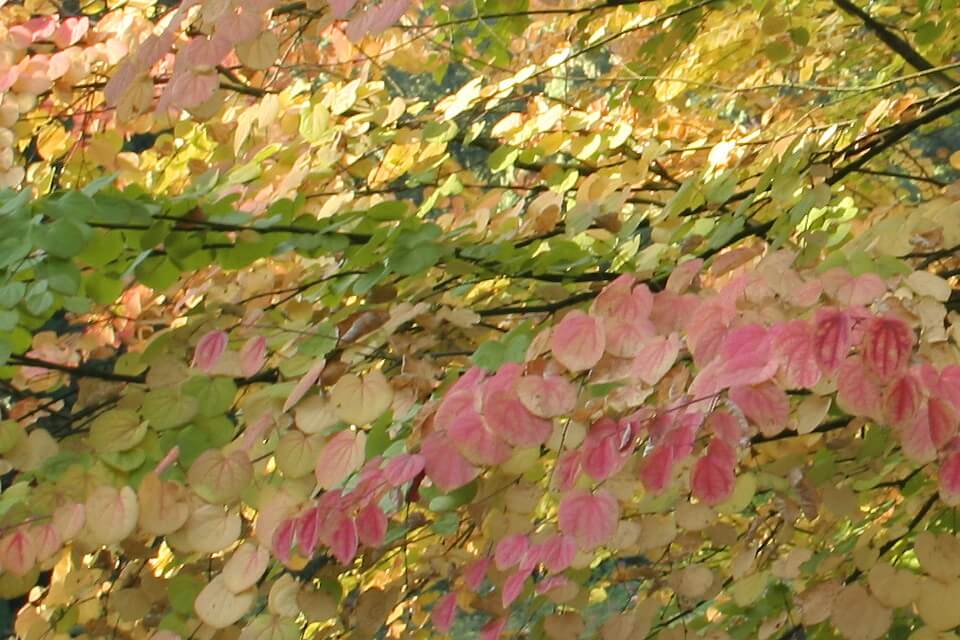
Black Gum Trees
Nyssa sylvatica, commonly called the black gum tree or tupelo, is a deciduous tree with a fantastic show of colors throughout the seasons. New foliage emerges in a vibrant red shade, which evens out to a light green over the growing season. In fall, the leaves once again turn a brilliant scarlet color. Black gum trees are native to the east coast and provide a valuable food source for local wildlife. As an added bonus, they’re fire resistant and not susceptible to any significant diseases or fungal issues.
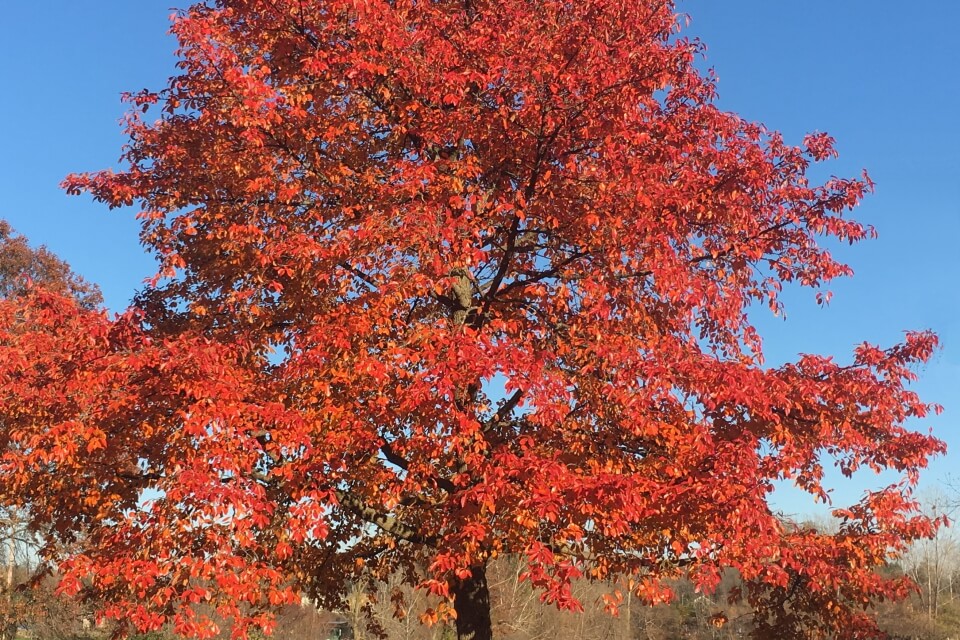
5 Trees to Grow in Shade
Redbuds
Horticulturists have cultivated the native Redbud tree into a variety of cultivars with unique features. Try Cercis ‘Flamethrower’ for an unexpected show of fiery red foliage in the spring. The native Eastern Redbud shows off with rosy purple blooms in the spring and heart shaped leaves through the growing season. Although they can also grow in full sun, they’re a great choice for areas in the yard in partial shade. Redbuds are understory trees in nature, which means they grow beneath the canopy of taller trees.
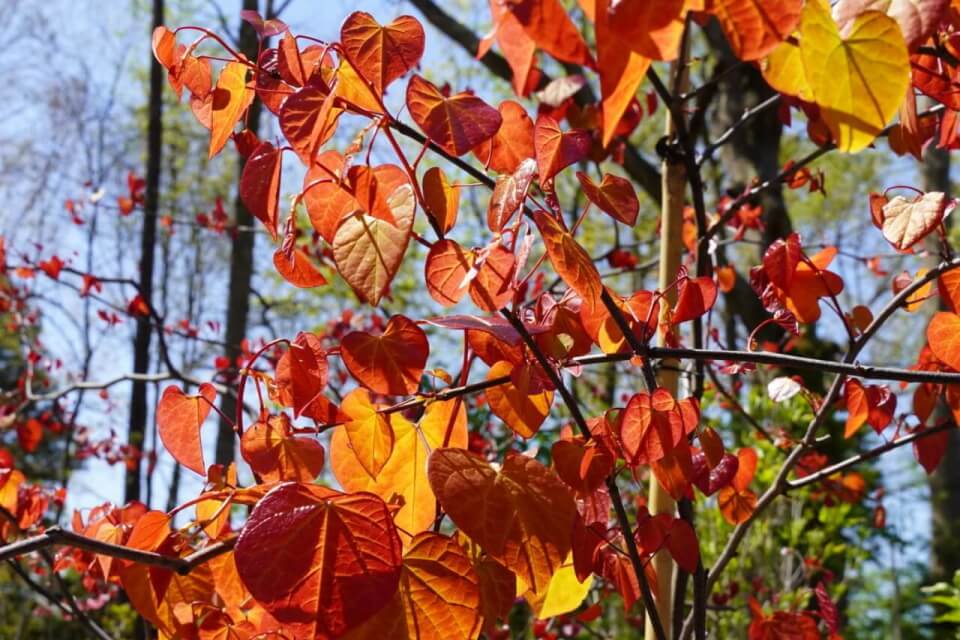
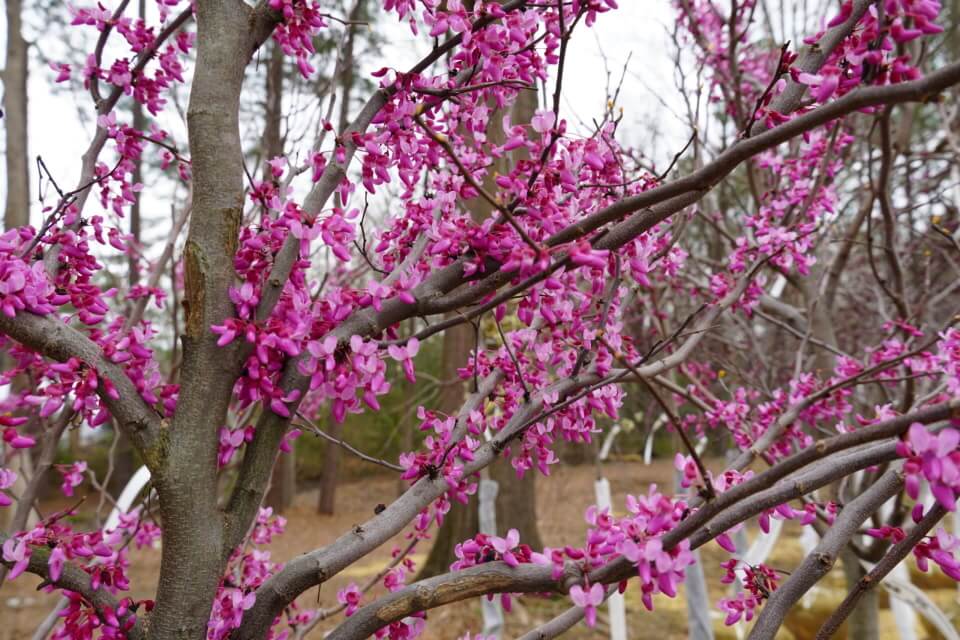
Virginia Fringe Tree
The native Virginia Fringe tree can tolerate growing in partial shade. Their unique, fragrant flowers emerge in mid-spring and last for several weeks. For the remainder of the growing season, their rounded habit and short stature make a lovely statement in the landscape. As an added benefit, native plants provide essential habitat for native insects. Virginia Fringe trees host several species of native Sphinx moth in the summer months.
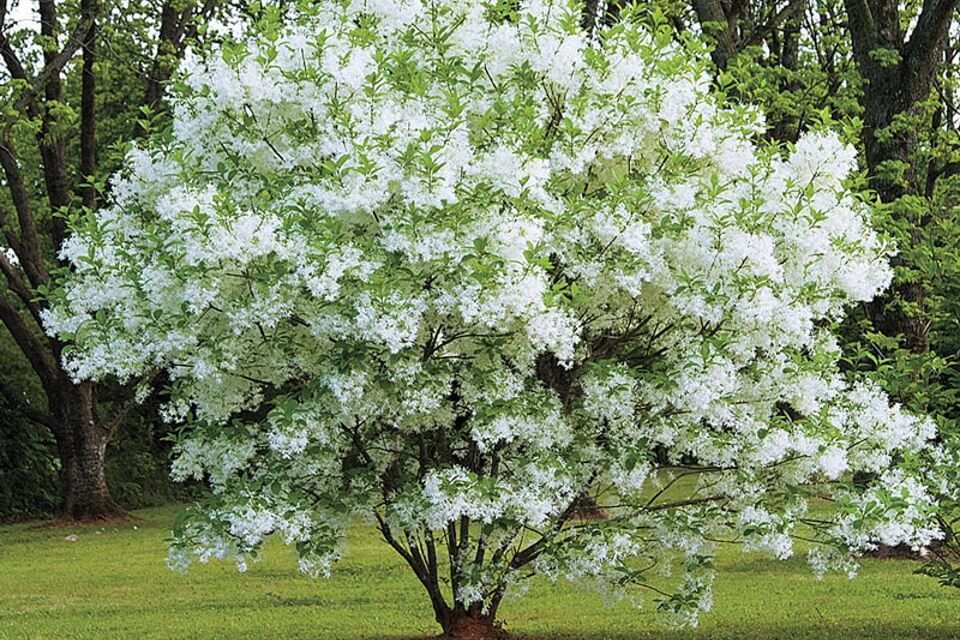
Stewartia pseudocamellia
Stewartia is a deciduous tree suited to grow in sun or partial shade. Closely related to camellias, their large showy blooms are white with yellow centers. Stewartia turns a brilliant shade of bronze in the fall and grows up to 30′ tall in the landscape. In the winter months, peeling bark is exposed to offer year-round visual interest.
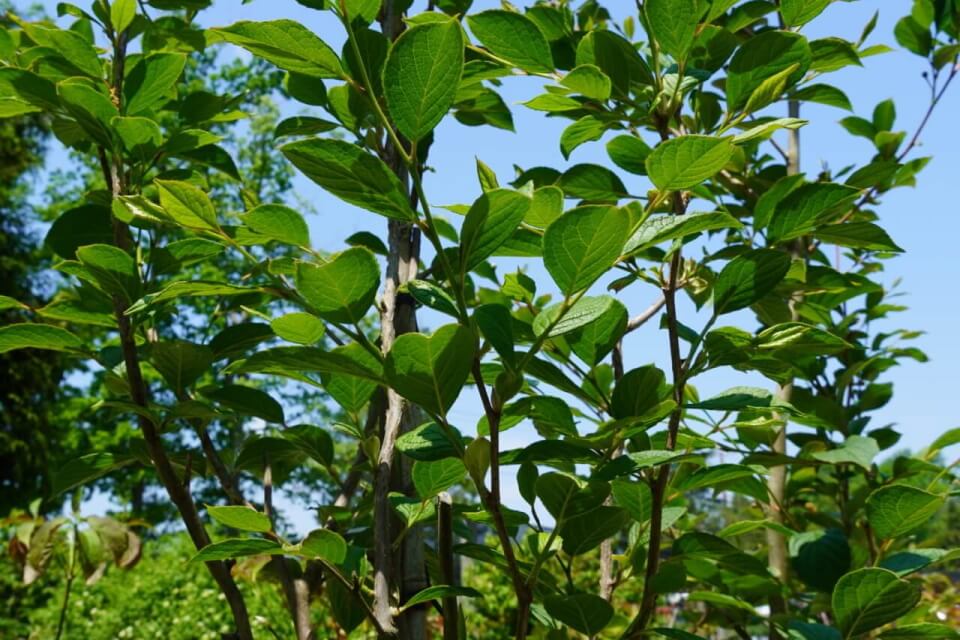
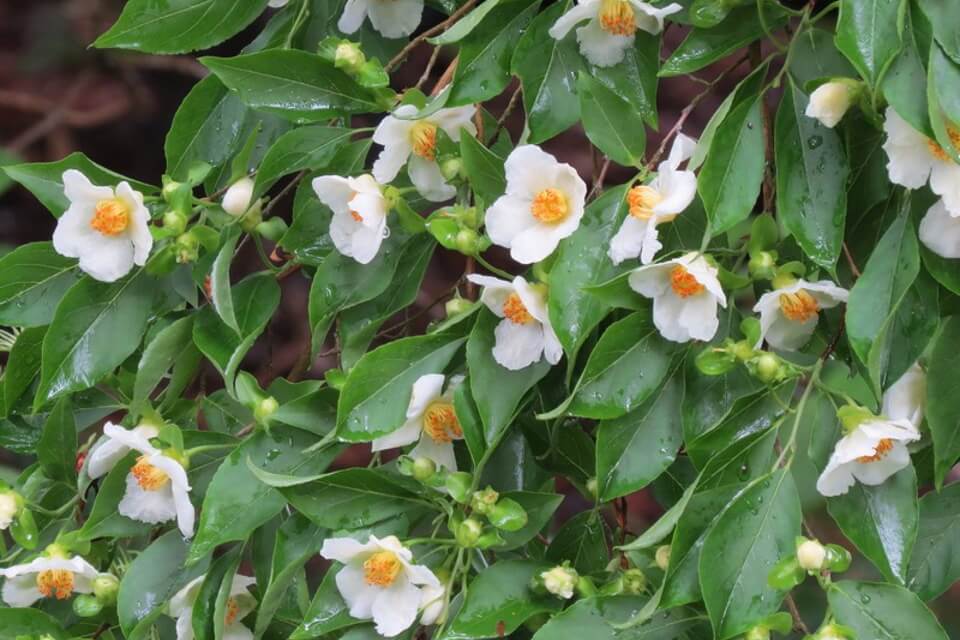
Dogwoods
Also native to Virginia, Dogwoods thrive in partial shade because they typically grow as understory trees just like Redbuds. Popular cultivars include ‘Stellar Pink’, which has soft pink blooms, and Cornus florida, the unaltered native species. Dogwood trees bloom in mid-spring and their tiered foliage adds interest to the garden throughout the rest of the growing season. They’re also Virginia’s state tree!
Japanese Maples
Not all Japanese maple varieties can survive in shade, but some varieties thrive when planted beneath taller trees. Acer palmatum ‘Tamukeyama’ is a weeping variety with deep burgundy leaves suited for dappled shade. ‘Waterfall’ is another great choice with lace-like green leaves and a dwarf growth habit. It’s important that Japanese Maples receive at least four hours of sunlight for proper growth, but growing in partial shade may produce richer color in the foliage.
Trees for Privacy
Planting a row of trees to create a barrier from neighbor’s yards or natural areas is a living alternative to installing a fence. Arborvitae are by far the most popular choice for privacy trees because they grow quickly and create a uniform look. ‘Emerald Greens’ mature at about 15 feet tall to create a manageable barrier. For rows of privacy trees, we recommend planting in a staggered zig-zag pattern for better airflow and overall plant health. Other popular choices for privacy trees are Leyland Cypress and Red Cedars.
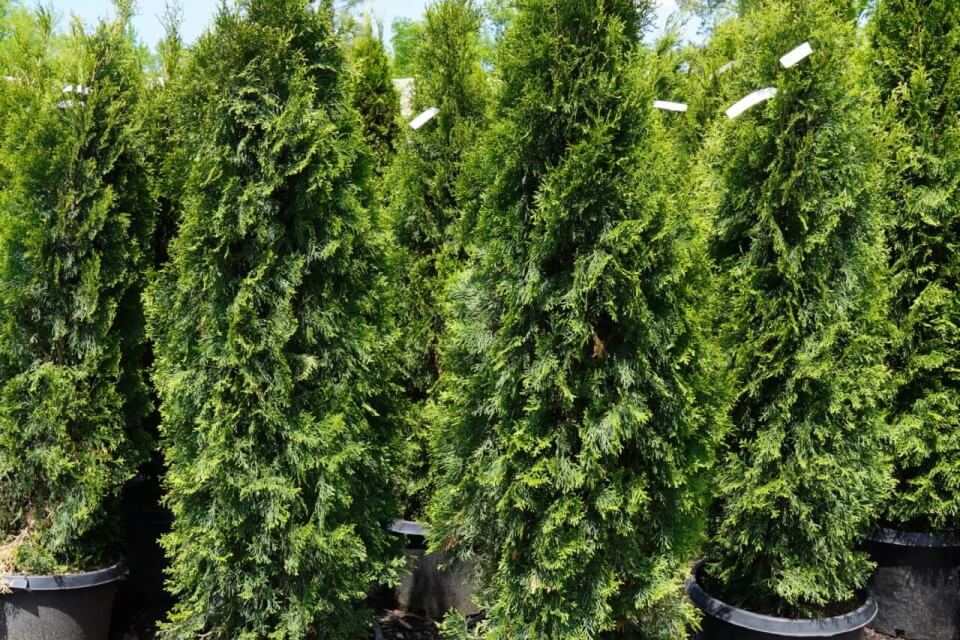
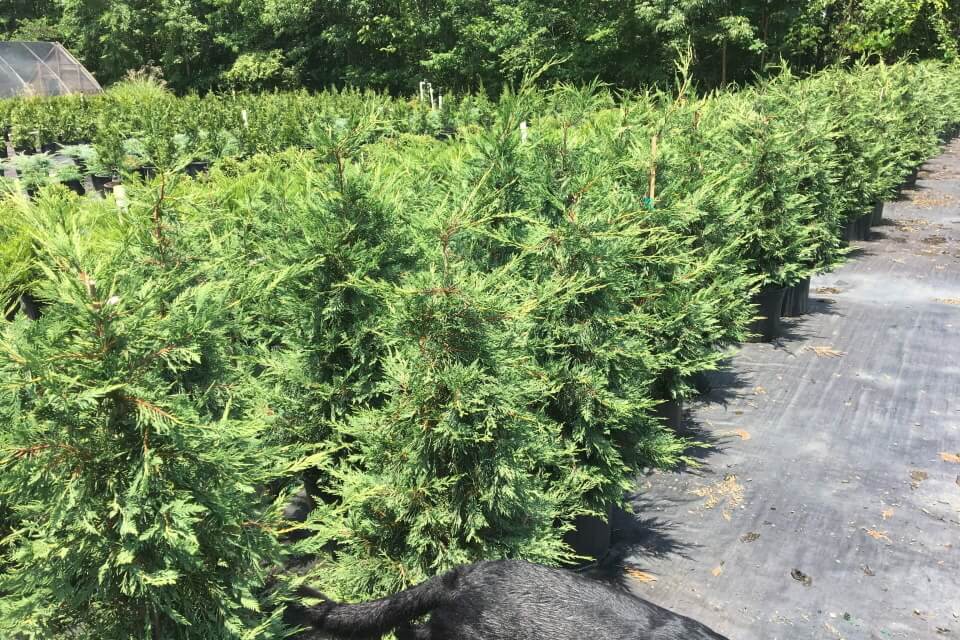
Trees for Wet Areas
Certain trees can help resolve drainage issues in the landscape because they can take in a massive amount of water. Most species of Salix, like Weeping Willow, are suitable for wet areas in the yard because they naturally grow near bodies of water. River birches are another good choice to control excess water in the yard. Willows and river birches both have strong root systems that can cause damage so avoid planting them too close to your foundation.
Trees to Attract Pollinators
Ornamental cherries and fruit trees are like an all-you-can-eat buffet to bees and butterflies. Almost every blooming tree benefits local pollinators, but some like Locust trees and Serviceberry trees are particularly attractive. Other honorable mentions include Magnolias, Crabapples, and Crape Myrtles. For maximum benefit to bees and butterflies, plant several different tree varieties with varying bloom times.
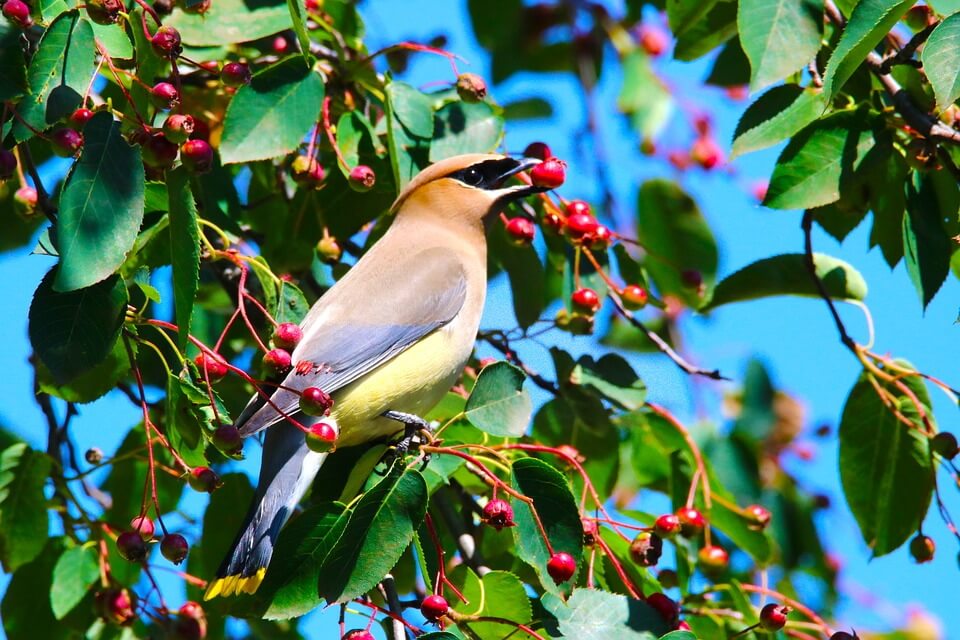
Trees to Provide Shade
Planting shade trees creates a micro-climate in the landscape which cools the surrounding area. A cooler yard can better retain moisture which leads to a greener lawn and less frequent watering. Many maple varieties, like Sun Valley, have wide canopies that cover the surrounding area in cool shade. Oak trees, Catalpas, and Elms are all popular choices to add shade to the landscape.
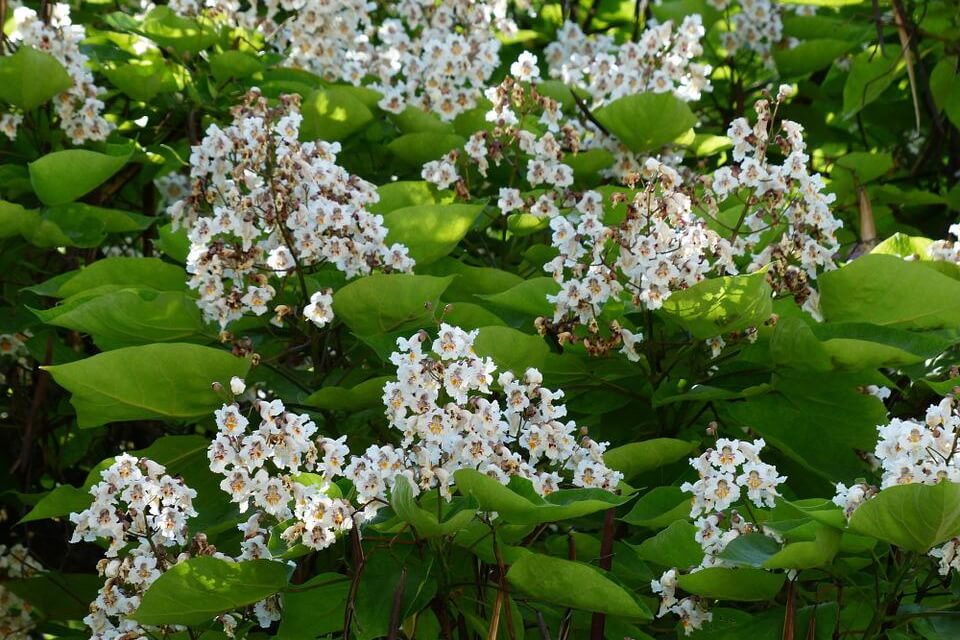
Four Season Interest Trees
For year-round consistency, evergreens are the obvious choice. But some deciduous trees can also provide interest as they change over the seasons. Crape myrtles are a wonderful choice that offers interesting visuals all year long; blooms in the spring and summer are followed by peeling bark in the fall and winter. Sycamores provide a similar effect with their pale, peeling trunks.
